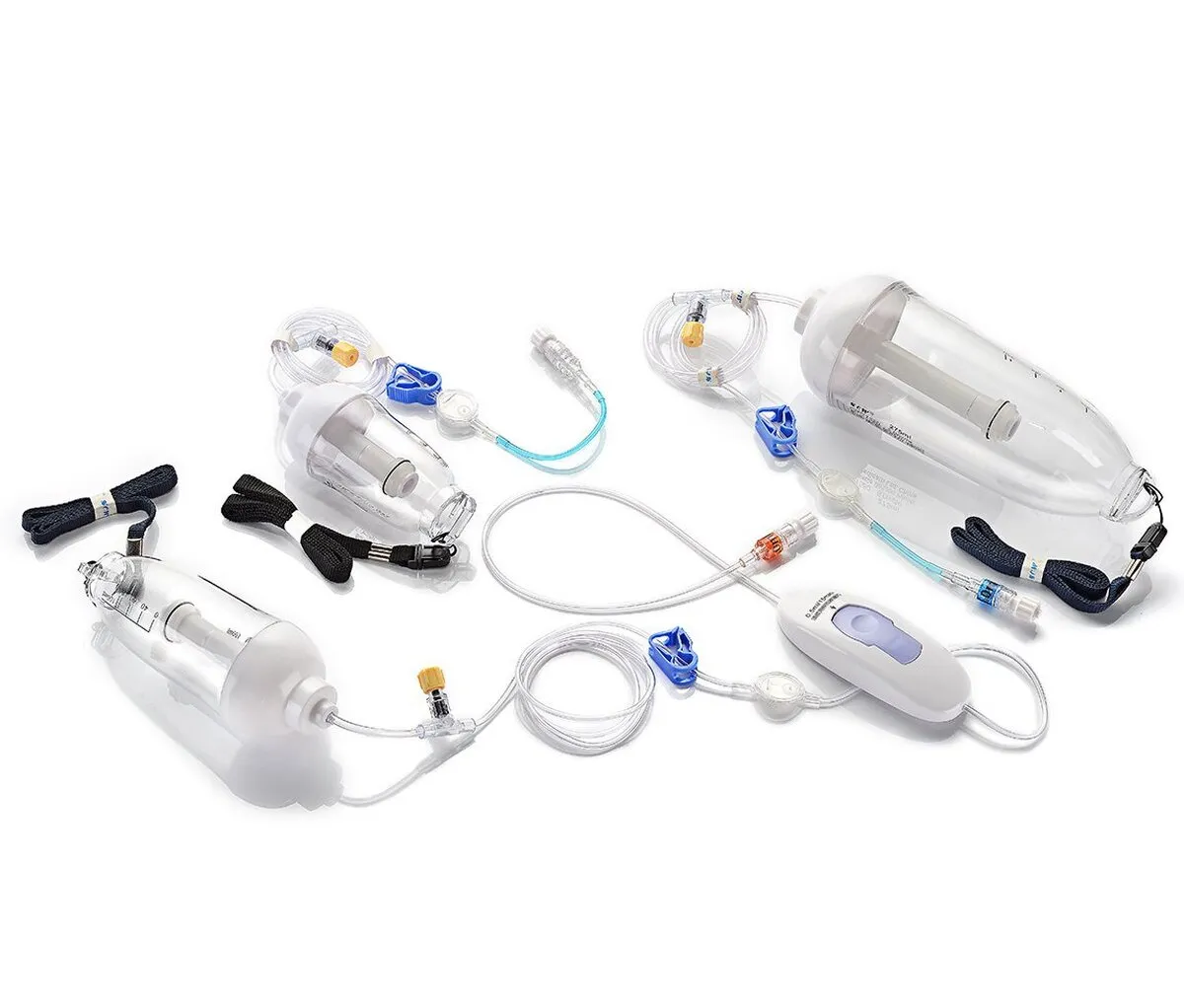Iranian Experts Make Elastomeric Infusion Pumps for Delivery of Drugs

“This device, which most people refer to as a pain pump, has an elastomer tank into which the medicine is injected and then delivered to the patient's body at a controlled rate (in the range of 2 to 10 ml/hour),” said Behnam Jamshid Doust, director of the research and development of the company.
“These elastomeric pumps can inject a specific dose of medicine to the patient at a controlled rate; therefore, instead of injecting painkillers all at once and creating momentary effects, the medicine can be continuously injected to the patient and reduce the patient's pain during the period after the surgery,” he added.
Jamshid Doust noted that the elastomeric pump can be used to manage pain after heavy surgery, painless childbirth and other clinical cases.
Elastomeric infusion pumps are designed for continuous drug delivery, on-demand delivery or a combination of continuous and on-demand drug delivery (patient-controlled analgesia, PCA).
Elastomeric pumps offer a safe alternative to electronic pump systems for various therapeutic areas and applications. They are intended for single use and, in contrast to electric infusion pumps, work without external energy sources such as batteries or electricity. The pumping function is provided by the continuous contraction of an elastomeric balloon filled with drug. Inside the infusion line connected to the balloon is a flow restrictor, also called a capillary, which limits the flow rate of the elastomeric drug by the pressure difference between its inlet and outlet.
The predefined flow rate is controlled by one or more flow restrictors that are installed in the infusion line. The flow restrictor ensures the correct dosage of the infusion solution. The flow rate decreases when the flow restrictor is longer or the radius of the flow restrictor is smaller. Conversely, the flow rate increases with a shorter or wider flow restrictor. The principle of operation of the elastomeric infusion pump is based on the physical law of Hagen-Poiseuille.
4155/v





















